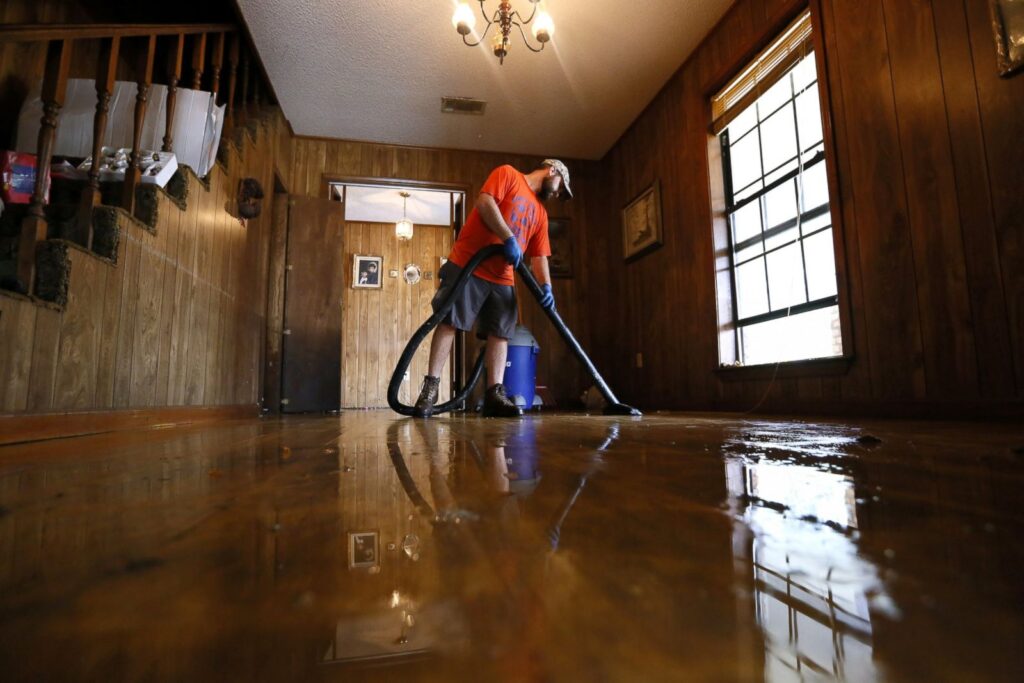
Water Damage
Water is essential for life, but when it finds its way into places it doesn’t belong, it can quietly wreak havoc. Ignoring a water damage issue can lead to a series of expensive and dangerous outcomes in the center of Brooklyn, where the streets are lined with both modern apartments and historic brownstones. Many property owners underestimate the severity of water-related issues, believing temporary fixes or ignoring the problem will suffice. However, the truth is that failing to replace and remediate damaged areas can threaten your property’s structure, air quality, and value.
Immediate and Long-Term Consequences of Ignoring Water Damage
When a Water Damage incident occurs—whether from a burst pipe, leaky roof, or flooding—acting fast is crucial. Here’s an overview of what can happen if you neglect replacement and proper restoration:
| Consequence | Description |
|---|---|
| Mold & Mildew Growth | Moisture left unchecked creates the perfect breeding ground for mold and mildew. These fungi can take hold within 24 to 48 hours, spreading rapidly behind walls and under floors. |
| Structural Deterioration | Water softens wood, rusts metal, and weakens drywall. Over time, this leads to sagging floors, crumbling plaster, and even compromised load-bearing beams. |
| Pest Infestation | Wet environments attract termites, cockroaches, ants, and rodents, all of which can cause additional damage and health hazards. |
| Electrical Hazards | Water intrusion can corrode wires and create short circuits, increasing the risk of electrical fires or shocks. |
| Decreased Property Value | Visible signs of Water Damage—like stains, warped floors, or a musty smell—can turn off buyers and lead to lower appraisals. |
Health Risks Associated with Unrepaired Water Damage
Beyond the visible destruction, unrepaired Water Damage can have serious health implications. Mold spores and bacteria thrive in damp environments, triggering allergies, asthma, and other respiratory conditions—especially in children and the elderly. In severe cases, toxic black mold (Stachybotrys chartarum) can develop, posing significant health threats.
Humidity caused by lingering moisture also encourages dust mites and other allergens, further degrading indoor air quality. Prolonged exposure to these contaminants can lead to chronic symptoms such as coughing, headaches, fatigue, and sinus infections.
Financial Impact of Delaying Water Damage Replacement
Brooklyn’s real estate is among the most competitive in the nation. Failing to address Water Damage promptly can lead to escalating repair costs down the road. A minor leak can quickly grow into a major remediation project that calls for new flooring, electrical work, drywall, and even structural repairs.
Insurance companies may also refuse to cover damages if they determine that the homeowner’s negligence contributed to the problem, leaving you with the full financial burden.
Typical Costs of Water Damage Restoration in Brooklyn
The cost of restoring Water Damage depends on the extent of the damage, the type of materials affected, and the speed of your response. The following table provides a general idea of pricing for various levels of water damage repair in Brooklyn.
| Type of Service | Scope | Estimated Price Range |
|---|---|---|
| Basic Drying & Cleanup | Minor leaks, minimal area affected | $500 – $1,500 |
| Mold Remediation | Removing mold from walls, ceilings, or floors | $1,200 – $5,000 |
| Structural Repairs | Replacing drywall, wood, or insulation | $2,000 – $10,000+ |
| Full Restoration | Major flooding, multiple rooms, structural work | $10,000 – $30,000+ |
Frequently Asked Questions (FAQs)
How quickly should I act after discovering water damage?
Immediate action is essential. Within 24 to 48 hours, mold can grow, and the longer water remains, the more extensive—and costly—the damage gets.
Can I repair water damage myself?
For small leaks, you may be able to dry and clean the area yourself. However, for significant Water Damage, professional restoration is recommended to ensure hidden moisture and mold are completely eliminated.
Does homeowner’s insurance cover water damage in Brooklyn?
The majority of policies cover unexpected, abrupt water damage (such as burst pipes), but not neglect or slow leaks. Always check your policy details and document the damage thoroughly.
What are signs of hidden water damage?
Watch for musty odors, discoloration on walls or ceilings, warped floors, peeling paint, or unexplained spikes in your water bill.
How can I prevent future water damage?
Regularly inspect your plumbing, roof, and basement. Install water leak detectors and ensure proper drainage around your property.
Conclusion
Delaying the replacement and restoration of Water Damage in Brooklyn is a gamble with high stakes. Unchecked moisture can erode the very foundations of your property, invite health hazards, and lead to financial losses that far outweigh the cost of timely repairs. By acting promptly at the first sign of trouble, you safeguard your home, your health, and your investment for years to come.
Read more : Brooklyn Water Damage Restoration





